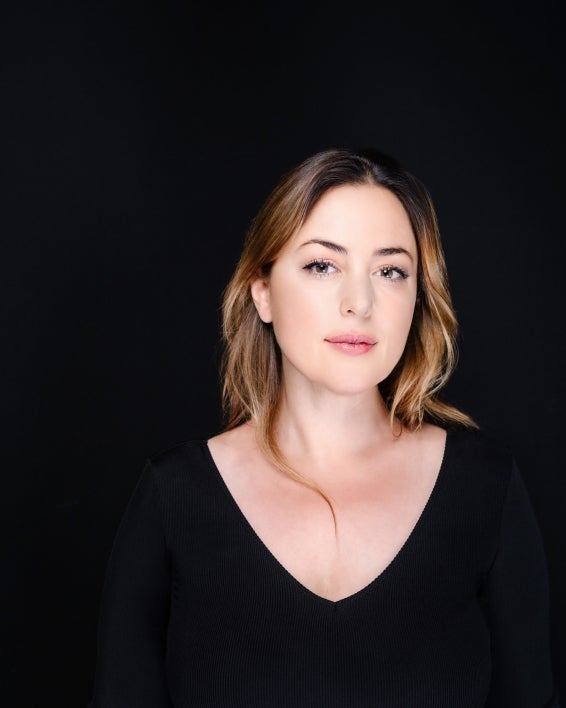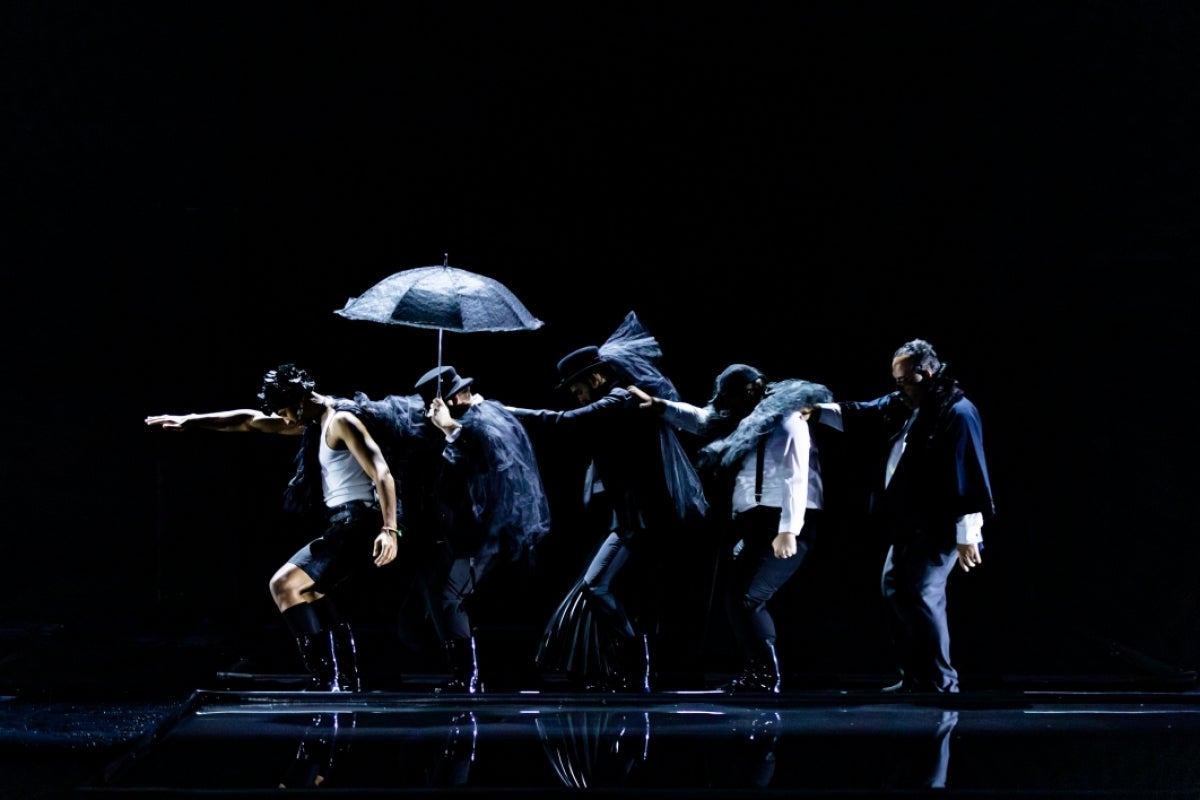ASU Gammage to premiere contemporary opera 'The Old Man and the Sea'

The world premiere of contemporary opera "The Old Man and the Sea" will take the stage at ASU Gammage on Nov. 4. Photo courtesy ASU Gammage
For composer Paola Prestini, Ernest Hemingway’s “The Old Man and the Sea” is a story she’s wanted to tell her whole life. Originally born in Italy, Prestini grew up in both Nogales and Tucson, Arizona.
“Water has always played a role in my life — I've explored its power often, how it nurtures, heals and separates. My father is an amateur yet devoted fisherman. In our unspoken relationship, I've wanted to understand his choices, his inner life, which I believe he has only told the sea,” Prestini said. “It became that much more exciting for me to explore the themes of this work.”
"The Old Man and the Sea" is a contemporary opera that will have its world premiere at ASU Gammage Nov. 4. Created by Prestini, librettist Royce Vavrek and director Karmina Šilec, it presents a dual track of storytelling by combining the original short story with portraits of author Ernest Hemingway's life. The cast brings to life the original book characters Santiago and Manolin, and amplifies the tale by bringing in a chorus who bears witness to the storytelling onstage. Phoenix Chorale and Prestini’s own husband, renowned cellist Jeffrey Zeigler, will be a part of the premiere.
It is narrated by Hemingway, played by a baritone vocalist who doubles as the character of Santiago, and the bar owner, La Mar. When “The Old Man and the Sea” was published in 1952, Hemingway hadn’t written a significant literary work for over a decade. The audience sees him in moments of doubt as he creates his masterpiece.
This contemporary opera is over a decade in the making. Along the way, Prestini called upon longtime friend and ASU alumna Beth Morrison to produce the piece and walk this journey alongside her.
“There's just nobody who does new work the way Beth does,” Prestini said. “I'm very grateful to have a producing partner who understands the way I work.”
Paola Prestini
Two stories are told at the same time — Hemingway's life as he is writing the novella, and the story of “The Old Man and the Sea” itself. These twin threads bring the audience all the way to the end of Hemingway’s life. Whether the audience has read the short story before or not, there is something to be had for everyone.
“When you leave the opera, I think you'll have a more profound understanding of Hemingway's state of mind, but also what he was feeling when he was writing that story,” Prestini said.
Regarding the new direction with such a well-known work, Prestini hopes the layered music of the opera is something that people haven’t heard before — that it keeps the mind thinking and keeps the heart healing.
“The music itself has electronics, which adds a lot of variety and color, and bringing together different styles keeps it eclectic and fresh, which I think excites a new audience,” she said.
Prestini notes that everybody comes to art from a very different perspective and life experience, and that the best art is complex and tells the audience different sides to help them see the messiness of life.
“This story takes on many different perspectives and tells you what it means to have a legacy, what it means to live in communion with the environment and what it means to be an artist capturing that feeling onstage,” Prestini said. “As someone who grew up in Arizona, it's really meaningful for me to have a place that supports new work the way ASU Gammage does, and I'm just so grateful for it.”
Written by Alexis Alabado
More Arts, humanities and education
ASU FIDM students to see their designs on the runway at Uncertainty Fashion Showcase
Nola Hill is perfecting every stitch of her fashion design collection, which she started conceptualizing last summer.She is among…

ASU+GSV Summit brings experts together to discuss innovation in education
This week, Arizona State University President Michael Crow and other university leadership joined education and learning experts…

ASU professor's project helps students learn complex topics
One of Arizona State University’s top professors is using her signature research project to improve how college students learn…





